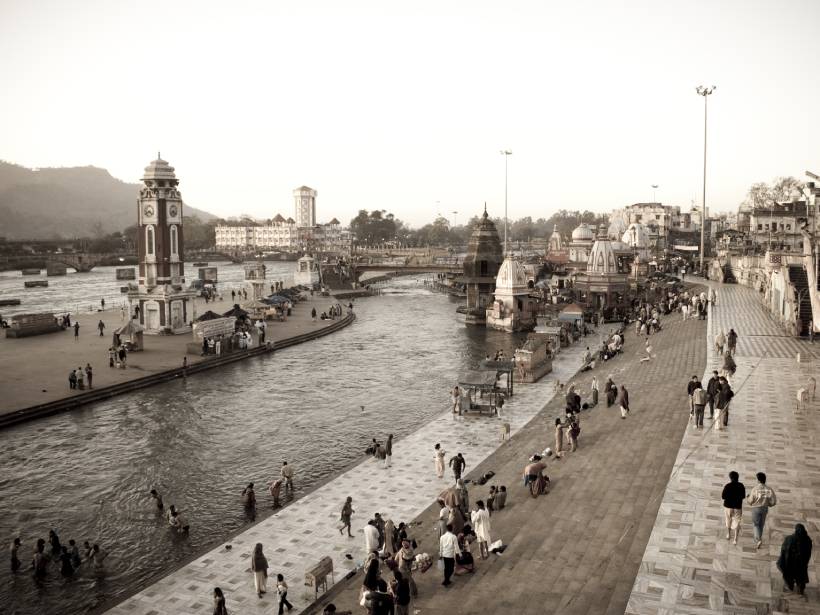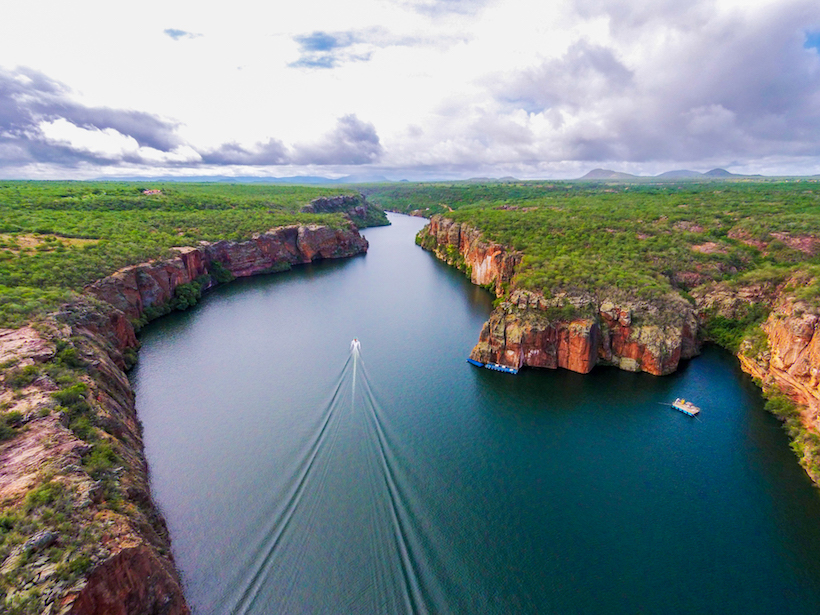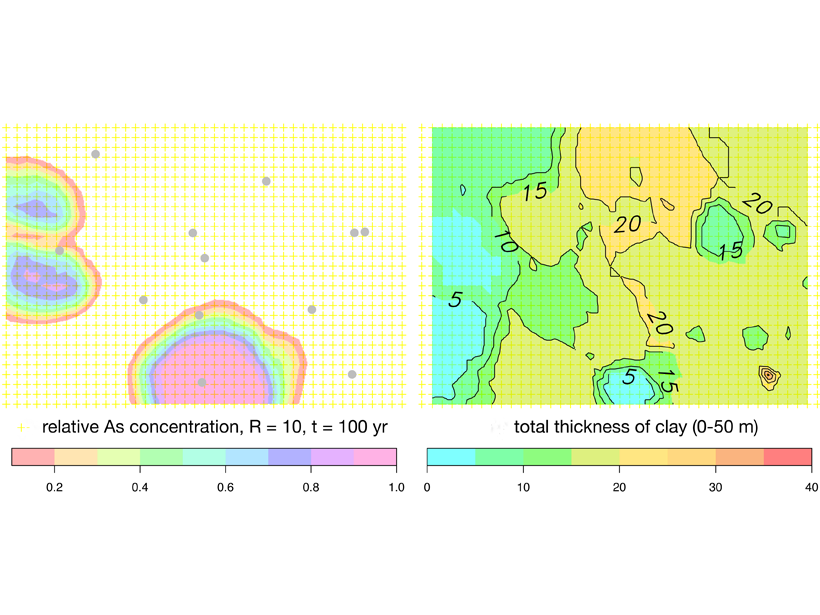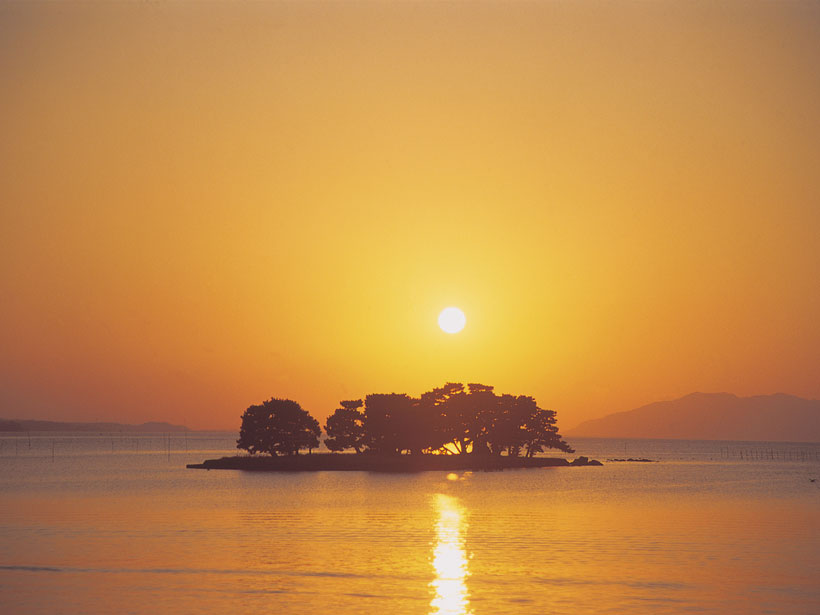Scientists report a cocktail of antibiotics, anti-inflammatory drugs, and personal care products found near two pilgrimage cities along the river.
water pollution
Sinking Fish May Fast-Track Mercury Pollution to the Deep Sea
Isotopic analysis indicates that mercury found in deep-sea organisms may have an origin in carrion from near the surface.
Urbanization, Agriculture, and Mining Threaten Brazilian Rivers
Harder to analyze and quantify, diffuse pollution is often overlooked when it comes to water quality assessments.
Tracking Trace Elements in the Ganga River
Levels of dissolved trace and heavy metals, which can be toxic, are highly variable across the river basin, concentrating in urban areas with high pollution but diluted by inflow from tributaries.
Taking an Aerial View Underground
Wisconsin geologists are testing using drones equipped with thermal cameras to measure shallow soil depths in areas prone to groundwater contamination.
Arsenic Pollution in Bangladesh is Catching Up with Deeper Wells
Inhabitants of Bangladesh have deepened drinking water wells to avoid extracting arsenic-rich groundwater from shallow aquifers, but these may not be free from pollution either.
Leveraging Satellite Sensors for Oil Spill Detection
By using multiple remote sensors, scientists can quickly estimate the nature and thickness of oil spills—important factors for containment efforts.
How Land Use Affects Nutrient Pollution in a Changing Climate
As heavy rain falls more frequently, the land alongside a river has a greater effect on the waterway’s nutrient levels—for better or worse.
Widespread Contamination Found in Northwest India’s Groundwater
Naturally occurring contaminants and human-made pollution in drinking water supply may be harmful to human health.
The Toxic Legacy of DDT Lives On in Remote Canadian Lakes
DDT and its breakdown products permeate lake sediments decades after the pesticide was banned.










